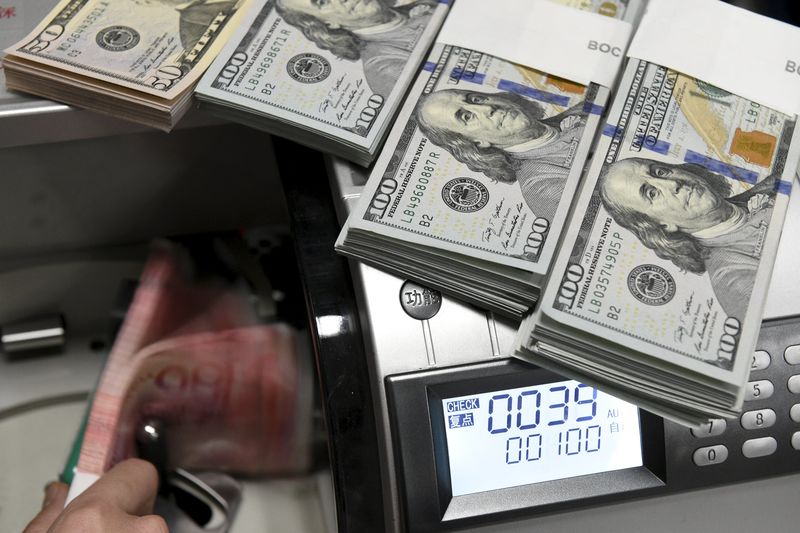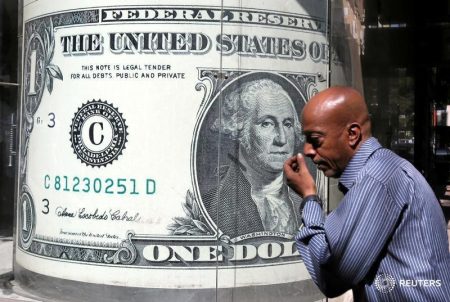The US Dollar’s DXY Index experienced a rise to 103.90, marking a 0.30% increase, in light of recent economic data and Federal Reserve minutes that have given investors a complex landscape to navigate. The uptick came after the release of lower-than-expected Initial Jobless Claims, which came in at 209,000. Despite this positive signal, investors are also weighing a significant drop in October’s Durable Goods Orders, which fell by 5.4%.
The Federal Open Market Committee’s (FOMC) latest minutes indicated concerns over persistent inflation, suggesting that these worries will drive future policy decisions. This has led to an increase in Treasury yields across various maturities as investors digest the mixed economic indicators.
Looking ahead, market participants are not expecting rate hikes in November. Instead, there is speculation about potential rate cuts as early as March or May of next year. This sentiment is reflected in the technical analysis of the DXY: the Relative Strength Index (RSI) is flat near oversold conditions, which could point to a resurgence in buying pressure. Meanwhile, the Moving Average Convergence Divergence (MACD) bars remain flat in red territory, indicating bearish short-term momentum.
Despite these mixed signals, the US dollar remains below both the 20 and 100-day Simple Moving Averages (SMAs) but holds above the crucial 200-day SMA support level. This positioning suggests that long-term bullish sentiment for the dollar might still be present despite current bearish trends.
The Greenback continues to assert its dominance in global finance, playing a pivotal role in foreign exchange markets with daily turnovers exceeding $6.6 trillion based on last year’s data. This dominance underscores the currency’s pervasive influence and its resilience amid economic fluctuations and shifts in monetary policy.
This article was generated with the support of AI and reviewed by an editor. For more information see our T&C.
Read the full article here















